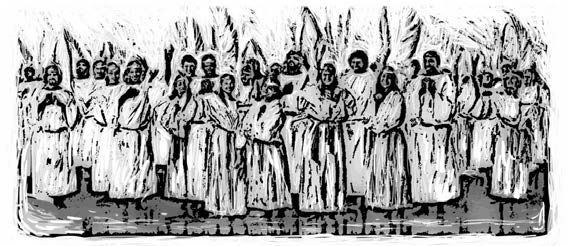Lena made a list of the qualities that she sought in her future husband after she broke up with her first boyfriend.
At the top of her list: a spiritual person. He must be organized, accept responsibility, and have leadership qualities. She also wanted someone with similar hobbies like exercising and enjoying nature.
Lena’s mother shook her head.
“You’ll have a hard time finding a man like this,” she said.
Lena, a German native, met her first boyfriend in high school and, after graduating, left him in Europe so she could work for a year as a mission teacher in the South American country of Guyana. In the jungles, she reflected about her boyfriend and realized that she had pursued the relationship based on feelings.
Back in Germany, Lena ended the relationship and made the checklist that she showed to her mother.
Months passed, and Lena immersed herself in university studies without any time or interest in marriage. One morning during personal devotions, she felt impressed to read Ellen G. White’s Letters to Young Lovers and make a new list.
The list ended up being 75 percent new, cutting through feelings and culture to reach the heart of a relationship (read the list at the link: bit.ly/lenas-list). With the list in hand, Lena saw ways to improve in her own life. She wondered where she would find a man who met the criteria. Immediately she remembered Gerson.
Lena had met Gerson, a fellow German missionary, in Guyana, and they had taught at the same high school for several months. They remained friends in Germany.
Although Lena had been taught to allow the man to take the lead, she made her interest clear to Gerson the next time that they met at a church event.
Gerson joyfully recognized her interest but resolved to seek God’s approval before revealing his own feelings. For three months, he read the Bible, The Adventist Home, and Letters to Young Lovers to gain a better understanding of God’s will for marriage. Finally, he realized that he and Lena shared similar principles and, with the blessing of his parents and grandparents, reached out to Lena.
Today, Lena and Gerson Engel are happily married and teach at Bogenhofen, a Seventh-day Adventist boarding school in Austria.
“Ellen White gives great advice on how to find the right husband or wife,” Lena said. “Read and practice what she says, and you’ll be richly blessed.”

